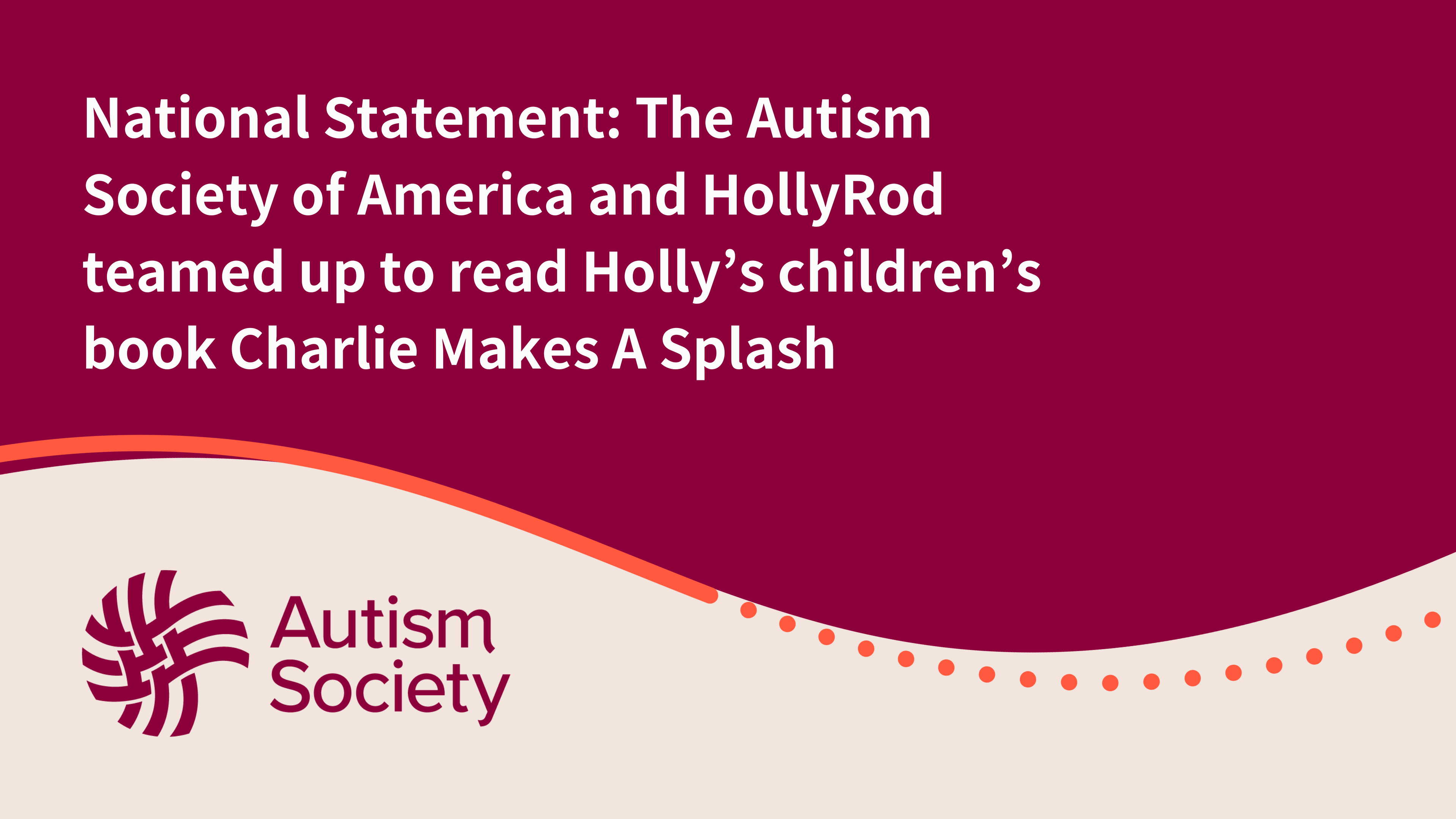
Five discoveries about autism spectrum disorder that scientists have made by studying postmortem brain tissue.
The following article was provided by Autism BrainNet.
When so many services and interventions are needed to support children and adults with autism spectrum disorder (ASD), people may wonder why it is important for scientists to study the brain. In fact, the brain is the primary organ affected in ASD, and by investigating how it develops and functions in autistic people, scientists can better understand ASD causes and mechanisms, and find potential targets for treatment.
Human brain research often relies on methodologies that visualize brain structure and function in living individuals. Yet these approaches lack enough resolution to capture changes at the level of cells and molecules — major targets of ASD. The only way to examine these microscopic alterations in the human brain is by studying postmortem brain tissue.
Autism BrainNet (formerly Autism Tissue Program) is a collaborative network of universities and scientific institutions that aims to promote a better understanding of autism biology by facilitating research on brain tissue donated by individuals with ASD. Thanks to Autism BrainNet and other organizations, studies of postmortem brain tissue have led to many discoveries about the ‘inside’ of the ASD brain.
These are five (of many) recent findings:
- Fewer or more neurons. Compared to typically developing individuals, the brain of autistic people has been found to have fewer or more neurons, depending on the region examined and how old the donor was. The distribution of neurons is also different, with some brain regions containing neurons that are more densely packed together, and others containing neurons with greater space between them1. As the number and distribution of neurons across the brain is determined during early brain development, scientists believe that changes in the quantity and density of brain cells may reflect abnormalities that occur while the brain is still forming, though it remains unclear how these cellular alterations relate to ASD symptoms.
- Wiring differences. Brain cells are connected to each other, forming circuits that relay signals to neighboring as well as distant regions across the brain. Cells of the cerebral cortex are also organized along narrow units of information transmission, or ‘minicolumns,’ where information travels both within and across columns. Scientists found that the autistic brain had more yet smaller minicolumns compared to the brain of typically developing individuals2, an intriguing finding that needs to be replicated with new brain donations. Moreover, individuals with fragile X, a condition associated with ASD, had neurons with more ‘spines,’ which are small, thorn-like looking structures neuron use to ‘talk’ via chemical signals3. Together, these findings suggest that the brain of people with ASD may be wired differently, and that cellular and molecular mechanisms that regulate information transmission are altered.
- Beyond neurons. While neurons have been the focus of much research on the autism brain, studies of postmortem tissue have helped to discover that a non-neuronal type of brain cell called ‘microglia’ may also be important in ASD. Microglia are the brain’s resident immune cells and serve multiple functions, from helping the brain fight states of inflammation and infection, to contributing to regulating neuronal communication. Scientists have found that the brain of autistic individuals presents changes in the shape and number of microglia4,5, as well as differences in the activity of genes that regulate microglial functions6,7,8. This research provides evidence that both neuronal and non-neuronal cells play a role, though it remains unclear whether alterations in microglia are a primary cause or a secondary effect of the condition.
- It’s not just genetics: it’s epigenetics. Over 150 genes have now been linked to autism. But in addition to gene mutations, scientists have discovered that risk for autism may emerge from changes in a ‘layer’ of the genome called the ‘epigenome.’ The epigenome is triggered by environmental factors, both psychological and chemical, that can make genes more or less active and, in turn, alter protein expression. Many epigenetic mechanisms are important for brain development, thus making these molecular changes especially relevant in and susceptible to neurodevelopmental disorders such as ASD. Accordingly, several studies have found epigenetic changes in the brain tissue of autistic individuals9,10, as well as in the brains of donors with disorders related to autism, including Rett and 15 duplication syndromes11,12. Some of these changes were unique to each disorder, but others were shared. This is an important finding because it indicates that, although these disorders may have different genetic causes, they may share common molecular mechanisms. This research is thus doubly important, as it shows that 1) the interplay of genes and environment is involved in ASD and 2) common molecular mechanisms underlie neurodevelopmental disorders with different genetic causes.
- Shared mechanisms: a spectrum within a spectrum. Clinical symptoms of ASD share similarities with other neurodevelopmental or psychiatric conditions, such as attention deficit hyperactivity disorder, obsessive compulsive disorder and schizophrenia. However, it was only by studying the brain tissue of people with these conditions that scientists confirmed that these disorders do share similar patterns of gene activity13. This finding may explain the partial overlap in diagnostic features and behaviors and is especially important because it highlights common targets of pathology that could be leveraged to identify and develop interventions.
While these and other findings are helping to make strides in autism brain research, many questions remain open. ASD is remarkably diverse in its genetic causes and clinical manifestations. Not surprisingly, ASD brain structure and function are bound to vary from one individual to another. This makes research extremely challenging, and the only way for scientists to fully understand different forms of ASD is to study as many brains as possible.
Read more about autism research using postmortem brain tissue and Autism BrainNet here. To stay up-to-date with new research discoveries and learn more about educational opportunities and events, please sign up to receive news and updates in our quarterly newsletter and follow us on Facebook.
References
1. Varghese M. et al. Acta Neuropathol. 134, 537-566 (2017) PubMed
2. Casanova M.F. Brain Pathol. 17, 422-433 (2007) PubMed
3. Hutsler J.J. and Zhang H. Brain Res. 1309, 83-94 (2010) PubMed
4. Tetreault N.A. et al. J. Autism Dev. Disord. 42, 2569-2584 (2012) PubMed
5. Morgan J.T. et al. Biol. Psychiatry 68, 368-376 (2010) PubMed
6. Gupta S. et al. Nat. Commun. 5, 5748 (2014) PubMed
7. Voineagu I. et al. Nature 474, 380-384 (2011) PubMed
8. Velmeshev D. et al. Science 364, 685-689 (2019) PubMed
9. Ladd-Acosta C et al. Mol. Psychiatry 19, 862-871 (2014) PubMed
10. Nardone S. et al. Cereb. Cortex 27, 5739-5754 (2017) PubMed
11. Wong C.C.Y et al. Mol. Genet. 28, 2201-2211 (2019) PubMed
12. Vogel Cernia A. et al. Cortex Epub ahead of print (2019) PubMed
13. Gandal M.J. et al. Science 362, 6420 (2018) PubMed
Share:





